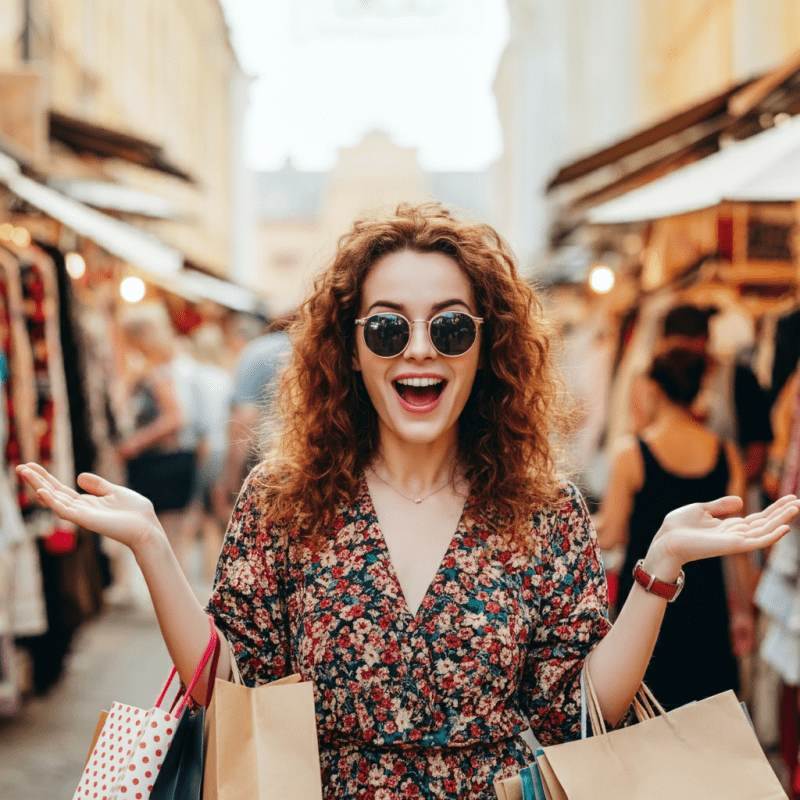
In today’s fashion landscape, the allure of designer items at discounted prices can be irresistible. However, the rise of counterfeit products has made it increasingly challenging for consumers to distinguish between authentic luxury goods and their imitation counterparts. As savvy shoppers venture into outlet malls and online resale platforms, understanding how to identify genuine designer items is crucial to avoid falling victim to scams.
The first step in this journey is to familiarize yourself with the specific brand you are interested in. Researching the brand’s materials, craftsmanship, and signature details can provide invaluable insights into what to expect from an authentic piece. For instance, authentic luxury handbags are often characterized by meticulous stitching, high-quality materials, and precise logo placements. Counterfeit items, on the other hand, may exhibit flaws such as uneven stitching, poor-quality hardware, and incorrect branding (Outlet Shoppers).
Moreover, price discrepancies can serve as a significant red flag. If a deal seems too good to be true, it likely is. Genuine designer goods maintain their value due to their quality and craftsmanship, so substantial markdowns should raise suspicion (Monty’s). Additionally, inspecting packaging and accompanying documentation is essential, as authentic products typically come with premium packaging and care instructions, while counterfeit items may lack these details (Open Luxury).
In conclusion, while the thrill of finding discounted designer items is enticing, it is imperative to approach such purchases with caution. By honing your skills in assessing quality, craftsmanship, and authenticity, you can navigate the world of luxury shopping more confidently and ensure that your investment is truly worthwhile.
Table of Contents
- Understanding Authenticity: Key Features of Designer Items
- The Craftsmanship Conundrum
- Material Matters
- The Logo Lowdown
- Packaging Perfection
- Price Points and Discounts
- Trust Your Gut
- Identifying Red Flags: Signs of Counterfeit Products
- The Price Trap
- The Label Lament
- The Craftsmanship Conundrum
- The Material Mystery
- The Packaging Puzzle
- The Seller’s Story
- Best Practices for Purchasing: Where and How to Buy Authentic Designer Items
- Explore Trusted Resale Platforms
- Attend Sample Sales and Outlet Events
- Leverage Social Media and Influencer Insights
- Utilize Price Tracking Tools
- Verify Authenticity Before Purchase
- Conclusion
Understanding Authenticity: Key Features of Designer Items
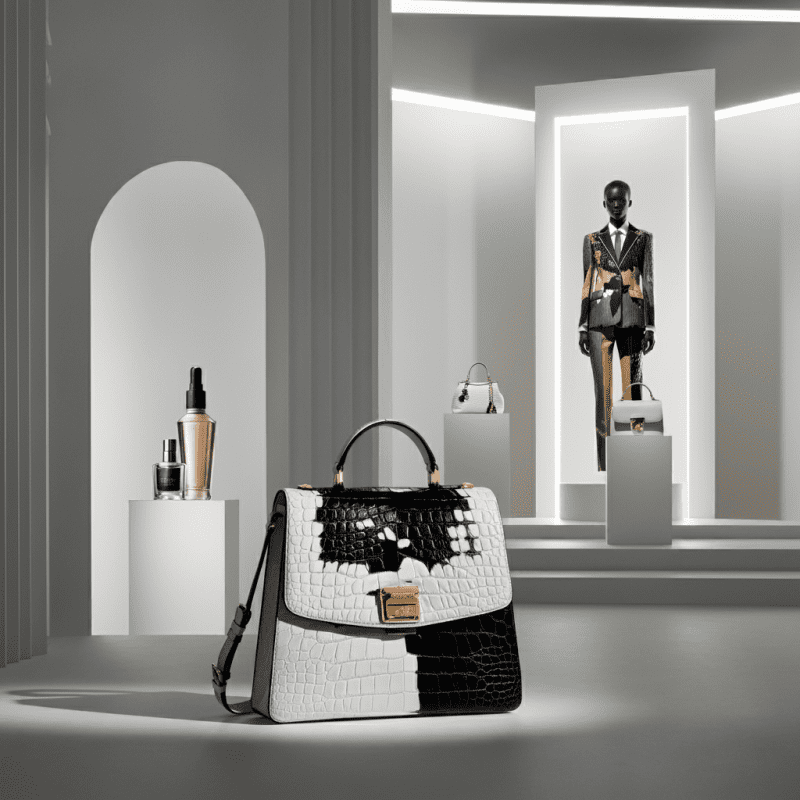
The Craftsmanship Conundrum
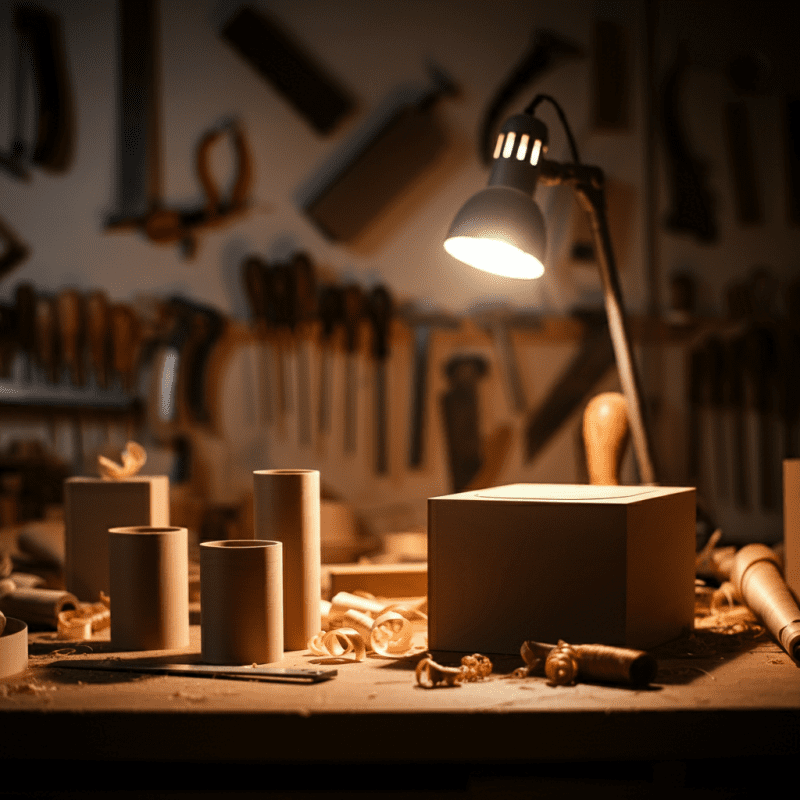
When it comes to designer items, craftsmanship is the name of the game. Authentic designer clothing and accessories are often the result of meticulous attention to detail and skilled labor. For instance, luxury brands typically employ artisans who have honed their skills over years, if not decades. This means that every stitch, seam, and finish is executed with precision.
Counterfeit items, on the other hand, are often produced in mass quantities with little regard for quality. You might find loose threads, uneven stitching, or even the dreaded “what is that?” moment when you inspect the seams. If you can spot a thread that looks like it’s been pulled by a toddler, you might be looking at a fake. Authentic pieces will have a clean finish, with no loose ends or sloppy seams. So, if you’re shopping and you see a garment that looks like it was put together during a coffee break, it’s time to walk away!
Material Matters

Let’s talk about materials, shall we? Authentic designer items are made from high-quality fabrics that feel luxurious to the touch. Think soft leathers, rich silks, and durable cottons that don’t feel like they’re about to disintegrate after one wash. Counterfeiters often cut corners by using cheap materials that can feel stiff, scratchy, or overly shiny.
For example, if you’re eyeing a designer handbag, give it a good squeeze. Does it feel like a cloud or a cardboard box? Genuine leather should feel supple and have a distinct smell that screams “I’m expensive!” If it smells like a factory or feels like plastic, you might want to reconsider your purchase. Familiarizing yourself with the textures and finishes of authentic items can save you from a regrettable buy.
The Logo Lowdown
Ah, the logo—the pièce de résistance of any designer item. Authentic brands invest significant resources into perfecting their logos, ensuring that every curve and line is just right. When inspecting a potential purchase, take a close look at the logo. Is it crisp, clear, and perfectly aligned? Or does it look like it was printed by a toddler with a crayon?
Counterfeit logos often suffer from misspellings, uneven spacing, or poor quality printing. If you spot a logo that looks like it’s been through a blender, it’s a sure sign you’re dealing with a fake. Additionally, authentic items usually have tags that are securely attached and made from high-quality materials. If the tag looks like it was printed on a home printer, you might want to think twice.
Packaging Perfection
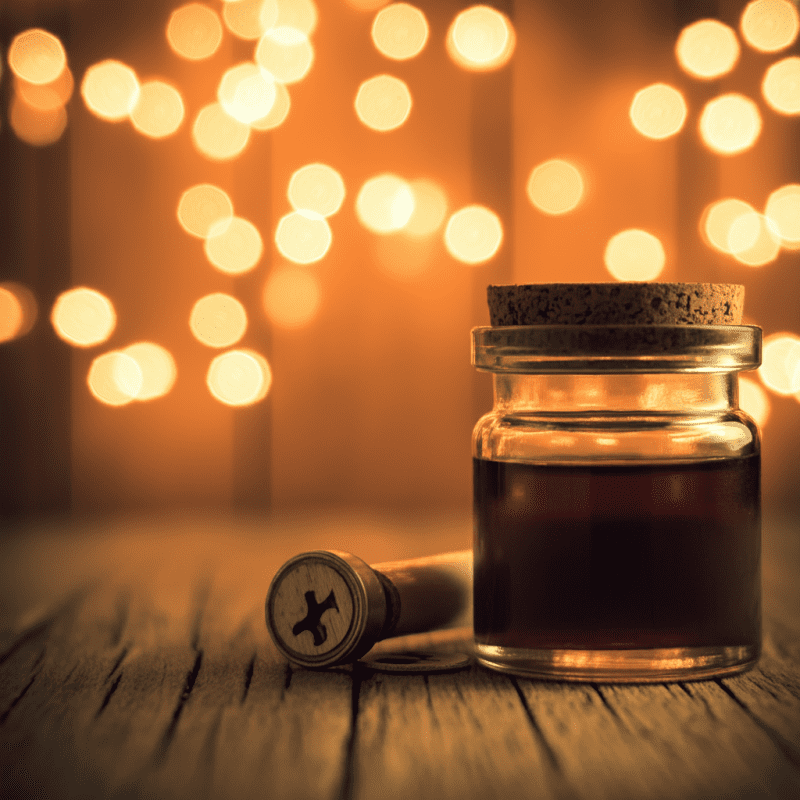
Now, let’s not forget about packaging! Authentic designer items often come in beautifully crafted boxes or dust bags that reflect the brand’s commitment to quality. If your potential purchase arrives in a flimsy plastic bag or, heaven forbid, a grocery bag, it’s time to raise an eyebrow.
Luxury brands understand that presentation matters. A well-packaged item not only protects the product but also enhances the overall experience of owning a designer piece. If the packaging looks like it was thrown together last minute, it’s a red flag. So, when you’re shopping, don’t just focus on the item itself—take a moment to appreciate how it’s presented.
Price Points and Discounts
Let’s face it: we all love a good deal. But when it comes to designer items, if the price seems too good to be true, it probably is. Authentic designer clothing and accessories come with a hefty price tag for a reason—quality, craftsmanship, and exclusivity don’t come cheap.
If you stumble upon a designer item that’s being sold for a fraction of its retail price, it’s time to channel your inner detective. Ask yourself: is this a clearance sale or a clearance scam? While discounts do happen, especially during sales events, be cautious of items that are significantly marked down. If you’re shopping online, check the seller’s reputation and reviews. If they have more complaints than compliments, it might be best to steer clear.
Trust Your Gut
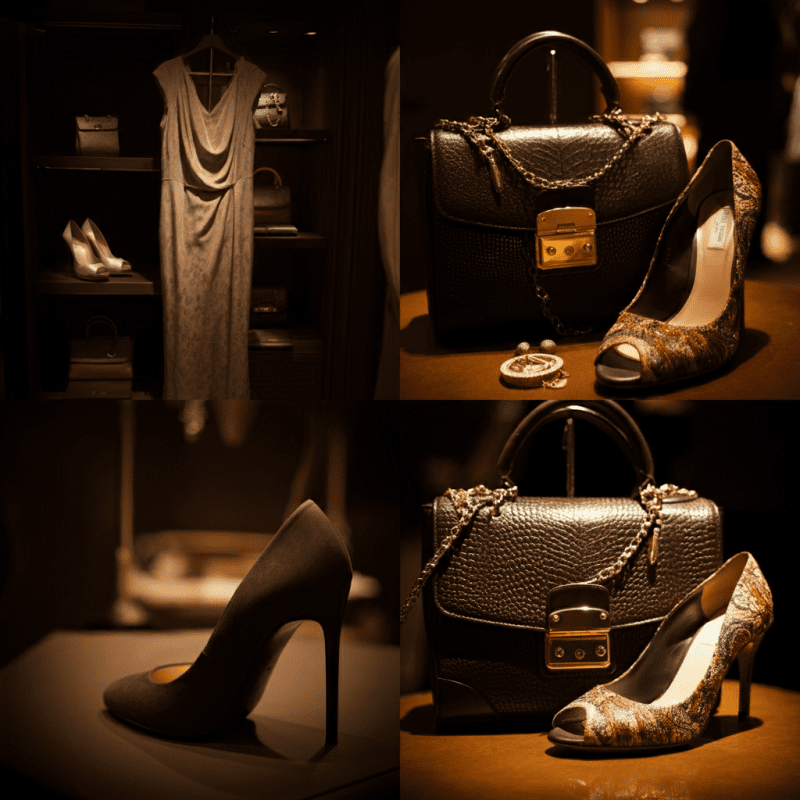
Last but not least, trust your instincts! If something feels off about a potential purchase, don’t ignore that little voice in your head. Authentic designer items are the result of meticulous craftsmanship, and any deviation from that should raise suspicions.
Whether it’s a strange smell, an odd fit, or just a nagging feeling that something isn’t right, don’t be afraid to walk away. Remember, it’s better to leave empty-handed than to end up with a counterfeit item that will leave you feeling disappointed.
In the world of fashion, knowledge is power. By understanding the key features of authentic designer items, you can confidently navigate the marketplace and make informed purchasing decisions. So, the next time you’re out hunting for that perfect piece, keep these tips in mind, and you’ll be well on your way to building a wardrobe filled with genuine treasures!
Identifying Red Flags: Signs of Counterfeit Products
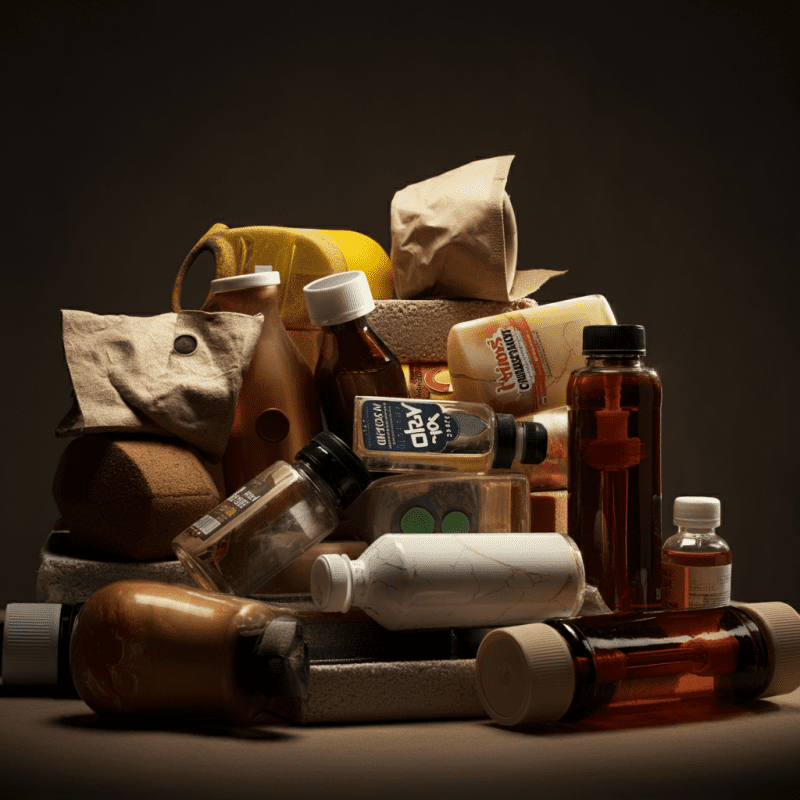
When it comes to shopping for designer items, especially at discount outlets, spotting counterfeit products can feel like a high-stakes game of fashion poker. You want to score a fabulous deal, but you also don’t want to end up with a faux pas that screams “I bought this at a knock-off convention.” Here are some red flags to watch out for when hunting for authentic designer treasures.
The Price Trap
Ah, the siren call of a bargain! We’ve all been there—eyes wide, heart racing, as we stumble upon a designer handbag priced at a fraction of its retail value. But hold your horses! If the price seems too good to be true, it probably is. Authentic designer items are crafted with quality materials and expert craftsmanship, which means they come with a price tag that reflects that. If you find a Louis Vuitton bag for $50, it’s time to channel your inner Sherlock Holmes and investigate further. Remember, luxury doesn’t come cheap, and if it does, you might just be looking at a counterfeit. (OutletShoppers)
The Label Lament
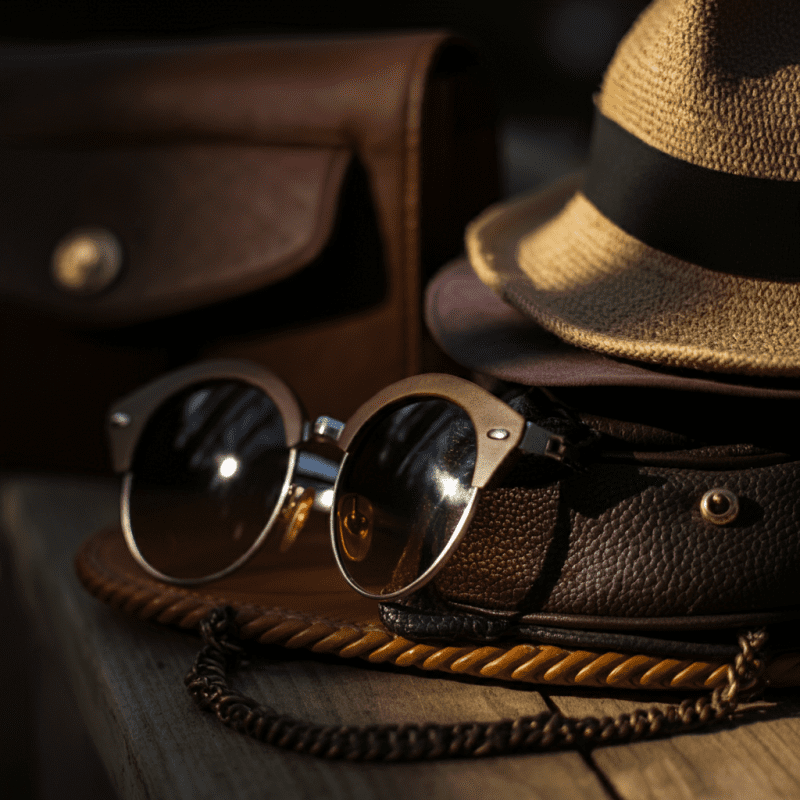
Let’s talk labels—those little tags that can make or break your designer dreams. Authentic items usually have labels that are not only well-stitched but also feature the brand’s logo in all its glory. If you notice a label that looks like it was printed on a home printer or has misspellings, it’s a red flag waving frantically in your face. For instance, if you see “Gucci” spelled as “Gucchi,” it’s time to run for the hills! Always check the placement of the label too; it should be consistent with what you’ve seen in authentic pieces. If it’s hanging off like a bad haircut, you might want to reconsider your purchase. (BulbApp)
The Craftsmanship Conundrum
Now, let’s get down to the nitty-gritty of craftsmanship. Authentic designer items are like fine wine—they get better with age and are crafted with meticulous attention to detail. When inspecting a potential purchase, run your fingers along the seams. Are they straight and even, or do they look like they were sewn by a toddler on a sugar high? High-quality stitching should be tight and uniform, with no loose threads or fraying. If you find yourself questioning whether the item was made in a factory or a kindergarten art class, it’s best to walk away. (North Shore Exchange)
The Material Mystery

Let’s not forget about materials! Authentic designer items are made from high-quality fabrics that feel luxurious to the touch. If you’re eyeing a handbag, give it a squeeze. Does it feel like a cloud or a cardboard box? Genuine leather should feel supple and have a distinct smell that says, “I’m expensive!” If it smells like a factory or feels like plastic, you might want to reconsider your purchase. Familiarizing yourself with the textures and finishes of authentic items can save you from a regrettable buy. Remember, if it feels like it could be a prop in a low-budget movie, it’s probably not the real deal. (Swap Boutique)
The Packaging Puzzle
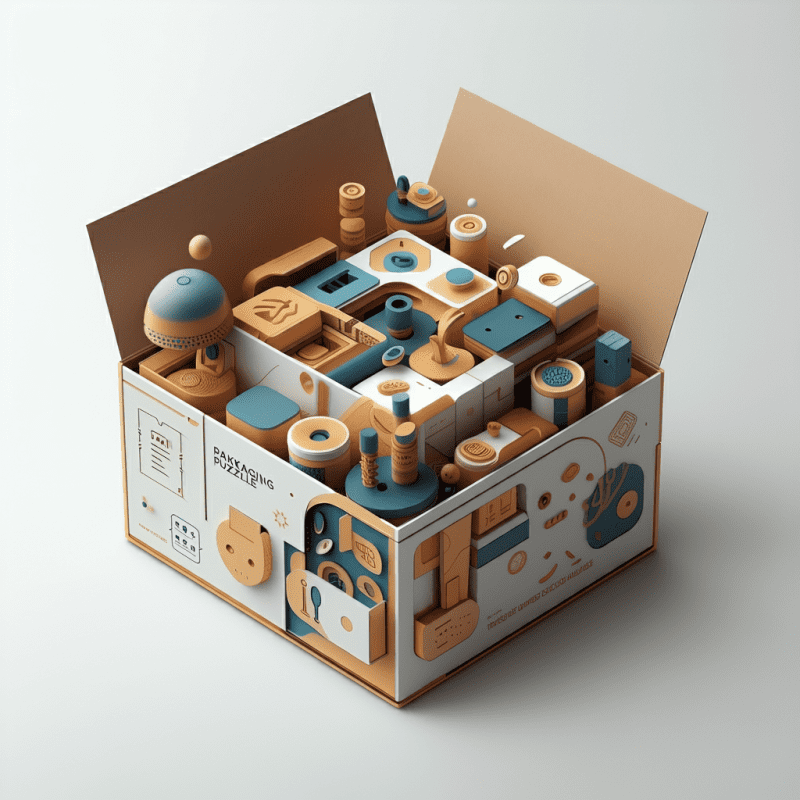
Last but not least, let’s talk about packaging. Authentic designer items often come in beautifully crafted boxes or dust bags that reflect the brand’s commitment to quality. If your potential purchase arrives in a flimsy plastic bag or, heaven forbid, a grocery bag, it’s time to raise an eyebrow. Luxury brands understand that presentation matters. A well-packaged item not only protects the product but also enhances the overall experience of owning a designer piece. If the packaging looks like it was thrown together last minute, it’s a red flag. So, when you’re shopping, don’t just focus on the item itself—take a moment to appreciate how it’s presented. If it looks like it was wrapped by a cat, it’s probably not authentic. (BulbApp)
The Seller’s Story
Finally, let’s not forget about the seller. If you’re shopping online, do a little detective work. Check the seller’s reputation and reviews. If they have more complaints than compliments, it might be best to steer clear. A reputable seller will often provide authentication documents or proof of authenticity. If they can’t, it’s a sign that they might be hiding something. Remember, if the seller seems sketchy, it’s probably best to take your business elsewhere. After all, you wouldn’t buy a car from a guy in a trench coat selling it out of his trunk, would you? (North Shore Exchange)
By keeping an eye out for these red flags, you can navigate the world of discount designer shopping with confidence. Remember, the thrill of the hunt is only worth it if you end up with the real deal! Happy shopping!
Best Practices for Purchasing: Where and How to Buy Authentic Designer Items
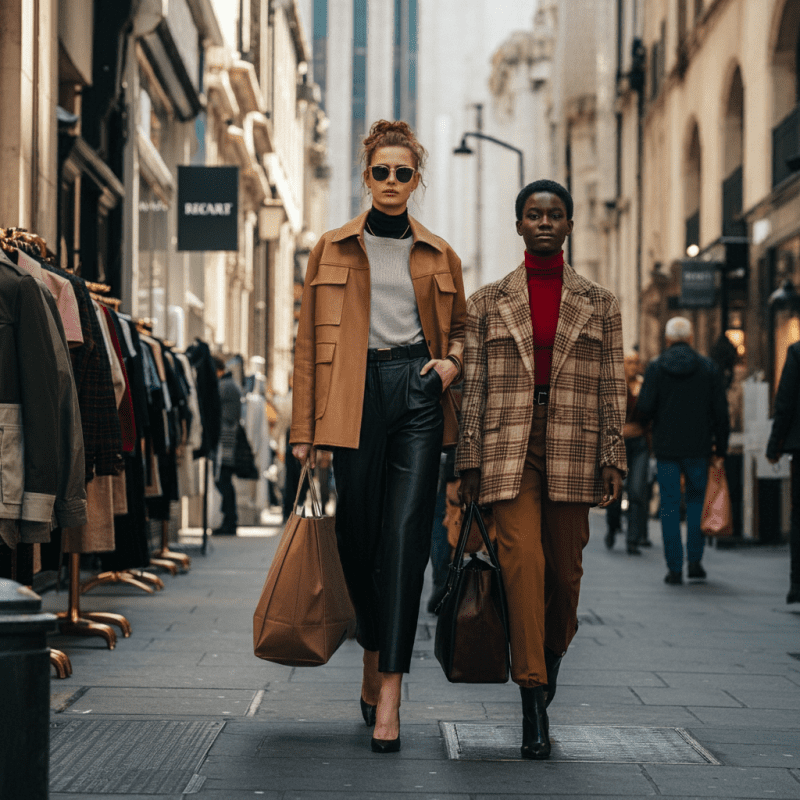
Explore Trusted Resale Platforms
When it comes to snagging authentic designer items at a discount, the secondhand market is your best friend. With platforms like The RealReal, Vestiaire Collective, and Fashionphile, you can shop with confidence knowing that these retailers specialize in authenticating luxury goods. They often provide detailed descriptions, high-quality images, and even authentication certificates. So, if you’re eyeing that vintage Chanel bag, you can rest easy knowing it’s the real deal. Just remember, while these platforms do their best to ensure authenticity, it’s still wise to do your homework. Check seller ratings and read reviews to avoid any potential pitfalls. After all, you wouldn’t want to end up with a “Chanel” that looks more like a “Chanel-ish”!
Attend Sample Sales and Outlet Events
Sample sales and outlet events are like treasure hunts for fashion lovers. These events often feature last season’s items at jaw-dropping discounts, and the best part? You might just find authentic designer pieces that are looking for a new home. Keep an eye on local fashion blogs or sign up for newsletters from your favorite brands to stay in the loop about upcoming sales. Just be prepared to elbow your way through a crowd of fellow bargain hunters! And remember, while the prices may be slashed, the quality should still be top-notch. If you find a designer item at a sample sale that looks like it’s been through a wrestling match, it might be time to reconsider your purchase.
Leverage Social Media and Influencer Insights
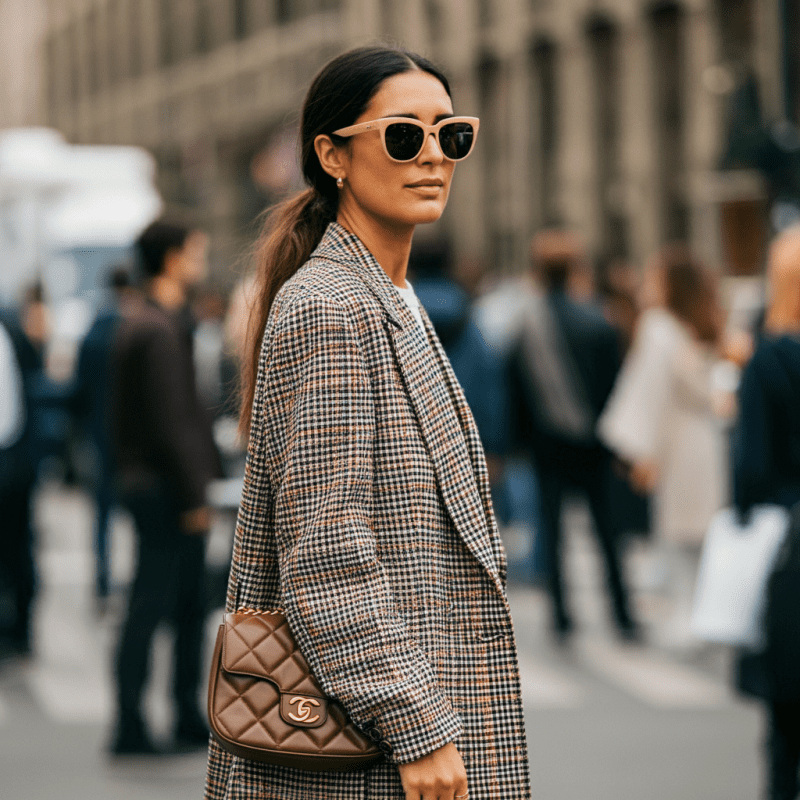
In the age of social media, influencers and fashion bloggers are your new best friends. Many of them share exclusive discount codes, sales alerts, and even personal experiences with various retailers. Follow your favorite brands and influencers on platforms like Instagram and TikTok to stay updated on flash sales and limited-time offers. Just be cautious—while influencers can provide valuable insights, they can also be paid to promote certain products. Always cross-reference their recommendations with reviews from other sources. If an influencer is raving about a discount site that seems sketchy, it’s probably best to take their advice with a grain of salt (or a whole salt shaker).
Utilize Price Tracking Tools
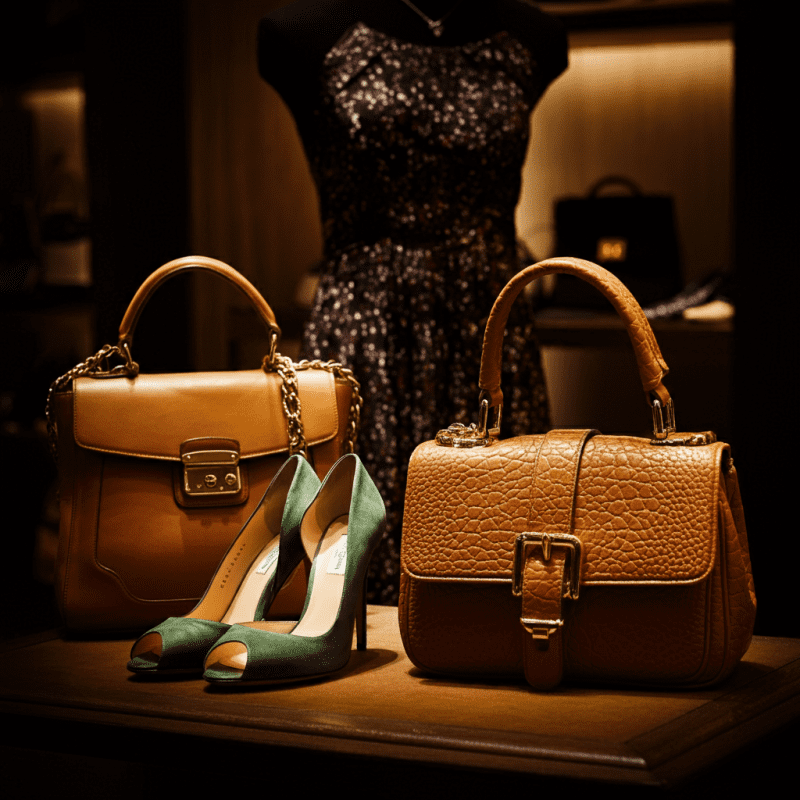
If you’re a savvy shopper, you know that patience is a virtue. Price tracking tools like Honey or CamelCamelCamel can help you monitor the price history of your desired designer items. These tools alert you when prices drop, ensuring you snag the best deal possible. It’s like having a personal shopper who works around the clock, but without the awkward small talk! Just remember, while waiting for the perfect price can be tempting, don’t let it turn into an obsession. If you find a piece you love at a reasonable price, sometimes it’s worth pulling the trigger rather than waiting for a mythical “better deal” that may never come.
Verify Authenticity Before Purchase

Before you whip out your credit card, take a moment to verify the authenticity of the item. This is especially crucial when shopping online. Look for detailed images of the item, including close-ups of logos, stitching, and labels. If the seller is hesitant to provide additional photos or information, it’s a red flag. Authentic designer items should have consistent branding, high-quality materials, and impeccable craftsmanship. If you notice anything that seems off—like a logo that looks like it was drawn by a toddler or stitching that resembles a DIY project—run for the hills! Additionally, familiarize yourself with the brand’s specific features, such as serial numbers or authenticity cards, to ensure you’re not falling for a clever counterfeit.
Conclusion
Navigating the world of discount designer shopping can feel like a high-stakes game, but with these best practices in your arsenal, you’ll be well-equipped to score authentic pieces without breaking the bank. Remember to explore trusted resale platforms, attend sample sales, leverage social media insights, utilize price tracking tools, and verify authenticity before making a purchase. Happy hunting, and may your wardrobe be filled with genuine treasures that make you feel like a million bucks—without actually spending it!

